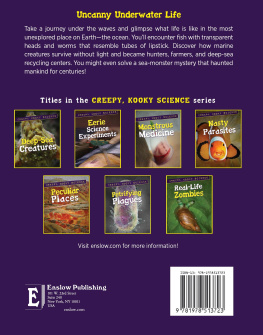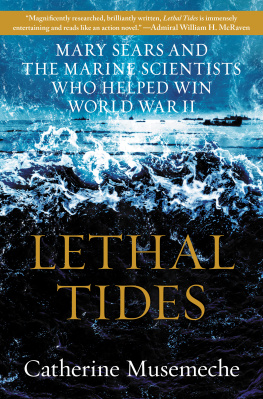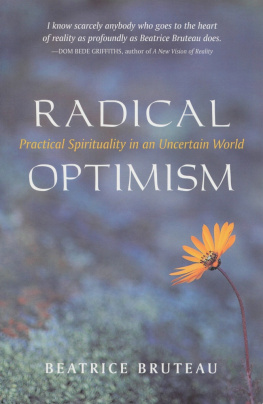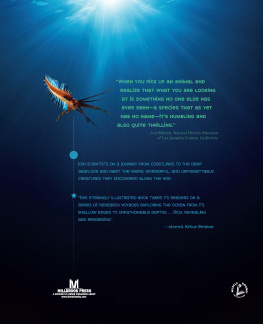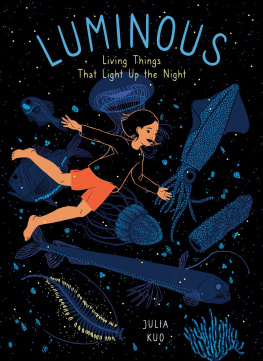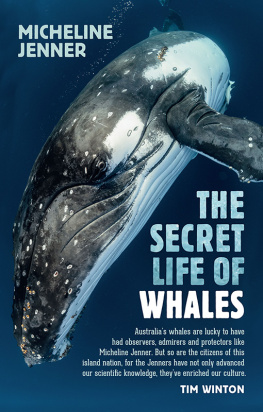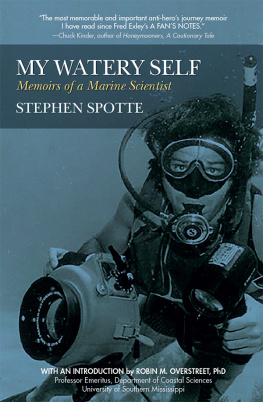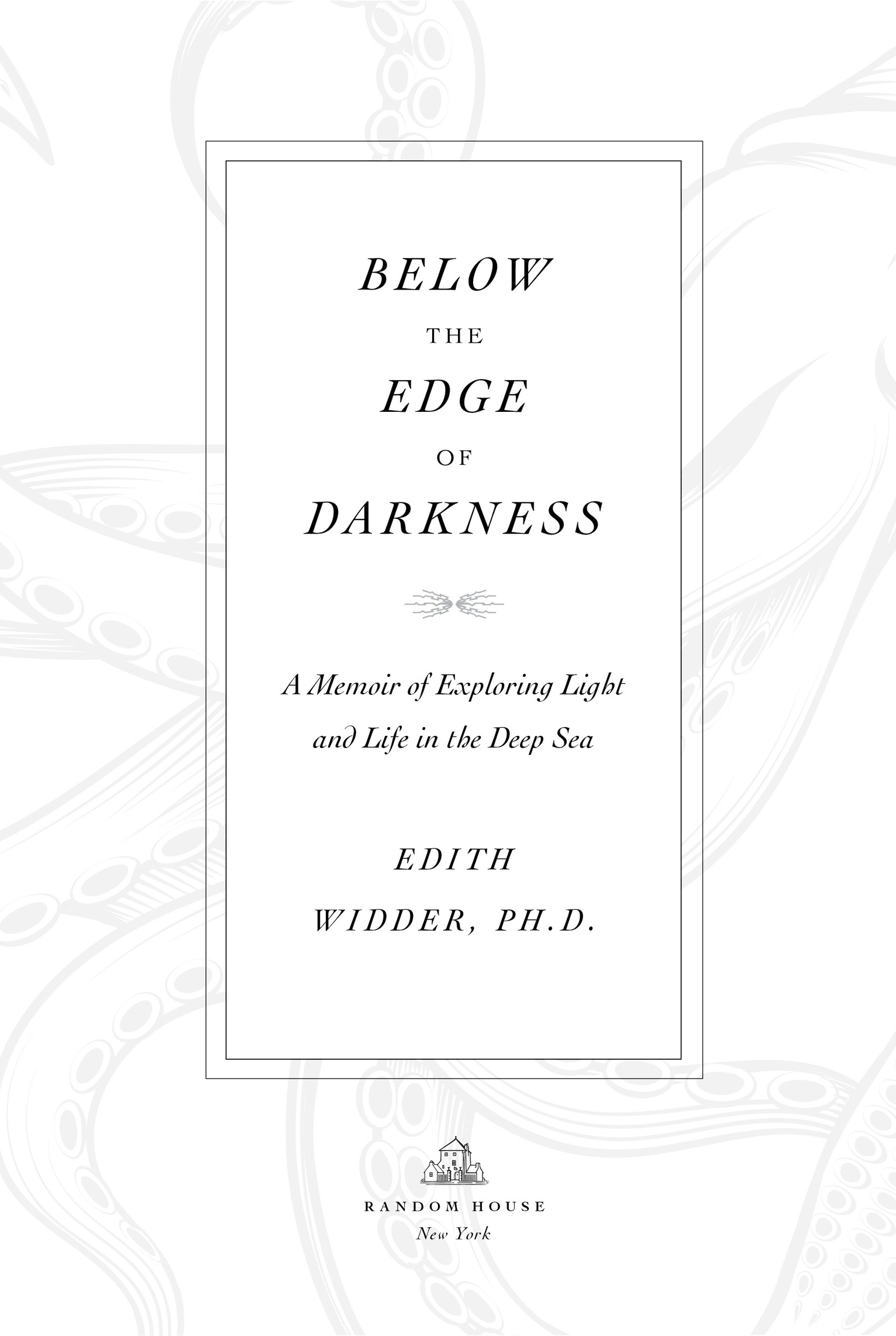Edith Widder - Below the Edge of Darkness: A Memoir of Exploring Light and Life in the Deep Sea
Here you can read online Edith Widder - Below the Edge of Darkness: A Memoir of Exploring Light and Life in the Deep Sea full text of the book (entire story) in english for free. Download pdf and epub, get meaning, cover and reviews about this ebook. year: 2021, publisher: Random House Publishing Group, genre: Religion. Description of the work, (preface) as well as reviews are available. Best literature library LitArk.com created for fans of good reading and offers a wide selection of genres:
Romance novel
Science fiction
Adventure
Detective
Science
History
Home and family
Prose
Art
Politics
Computer
Non-fiction
Religion
Business
Children
Humor
Choose a favorite category and find really read worthwhile books. Enjoy immersion in the world of imagination, feel the emotions of the characters or learn something new for yourself, make an fascinating discovery.
- Book:Below the Edge of Darkness: A Memoir of Exploring Light and Life in the Deep Sea
- Author:
- Publisher:Random House Publishing Group
- Genre:
- Year:2021
- Rating:4 / 5
- Favourites:Add to favourites
- Your mark:
Below the Edge of Darkness: A Memoir of Exploring Light and Life in the Deep Sea: summary, description and annotation
We offer to read an annotation, description, summary or preface (depends on what the author of the book "Below the Edge of Darkness: A Memoir of Exploring Light and Life in the Deep Sea" wrote himself). If you haven't found the necessary information about the book — write in the comments, we will try to find it.
NAMED ONE OF THE BEST BOOKS OF THE YEAR BY BOOKLIST Edith Widders story is one of hardscrabble optimism, two-fisted exploration, and groundbreaking research. Shes done things I dream of doing.James Cameron
Edith Widders childhood dream of becoming a marine biologist was almost derailed in college, when complications from a surgery gone wrong caused temporary blindness. A new reality of shifting shadows drew her fascination to the power of lightas well as the importance of optimism.
As her vision cleared, Widder found the intersection of her two passions in oceanic bioluminescence, a little-explored scientific field within Earths last great unknown frontier: the deep ocean. With little promise of funding or employment, she leaped at the first opportunity to train as a submersible pilot and dove into the darkness.
Widders first journey into the deep ocean, in a diving suit that resembled a suit of armor, took her to a depth of eight hundred feet. She turned off the lights and witnessed breathtaking underwater fireworks: explosions of bioluminescent activity. Concerns about her future career vanished. She only wanted to know one thing: Why was there so much light down there?
Below the Edge of Darkness takes readers deep into our planets oceans as Widder pursues her questions about one of the most important and widely used forms of communication in nature. In the process, she reveals hidden worlds and a dazzling menagerie of behaviors and animals, from microbes to leviathans, many never before seen or, like the legendary giant squid, never before filmed in their deep-sea lairs. Alongside Widder, we experience life-and-death equipment malfunctions and witness breakthroughs in technology and understanding, all set against a growing awareness of the deteriorating health of our largest and least understood ecosystem.
A thrilling adventure story as well as a scientific revelation, Below the Edge of Darkness reckons with the complicated and sometimes dangerous realities of exploration. Widder shows us how when we push our boundaries and expand our worlds, discovery and wonder follow. These are the ultimate keys to the oceans salvationand thus to our future on this planet.
Edith Widder: author's other books
Who wrote Below the Edge of Darkness: A Memoir of Exploring Light and Life in the Deep Sea? Find out the surname, the name of the author of the book and a list of all author's works by series.


